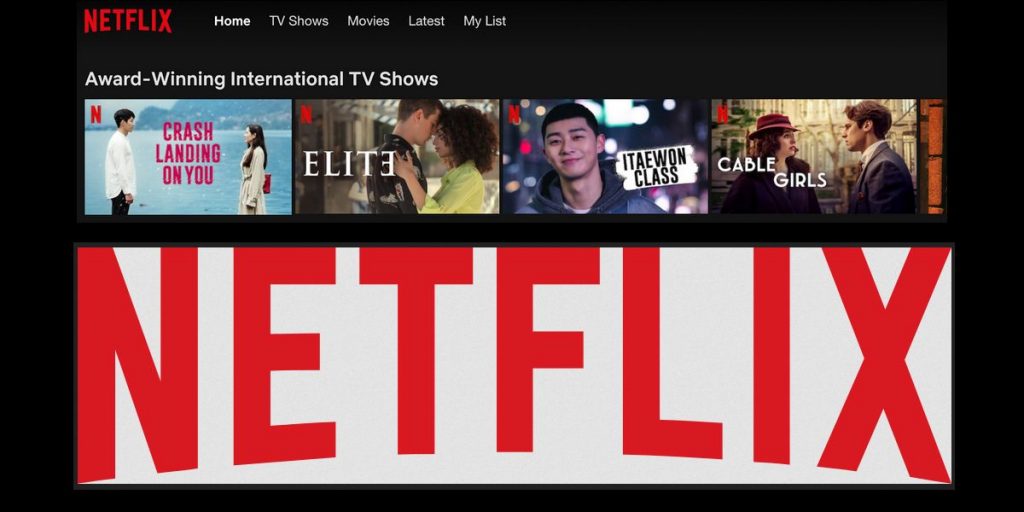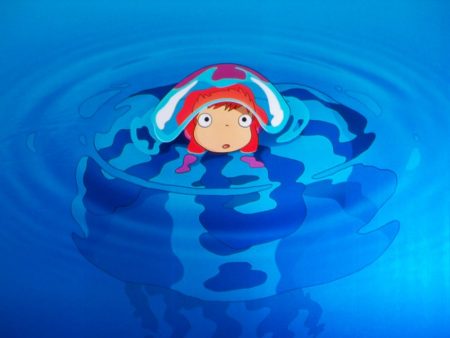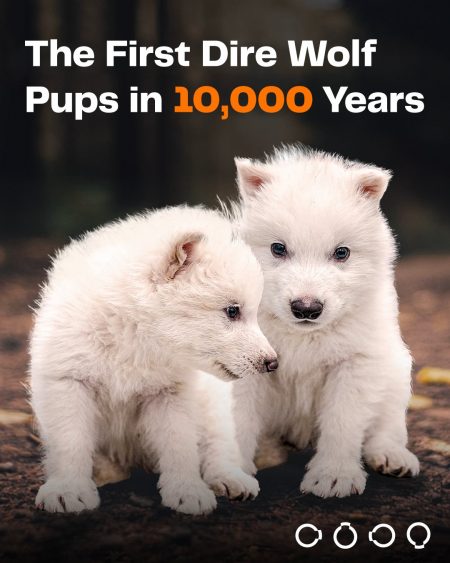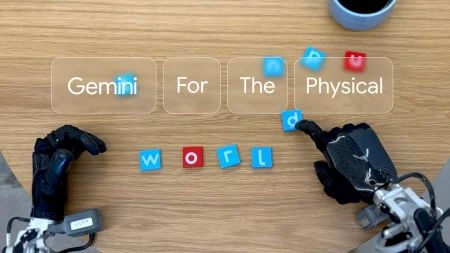Every ‘expert’ commenting on Netflix’s current decline, has looked at its content as the problem. But they forget Netflix is first and foremost a tech company and the solution to its current crisis, might lie in its Artificial Intelligence, claims Satyen K. Bordoloi
Anil did not know that Netflix has over 17,000 titles, 2.2 million minutes or 36,000 hours of content (2020 data) and it launched approximately 2,769 hours of content in 2019. Averaging an hour after work that he watches Netflix daily, this is enough to last him a 100 years or at least a decade of content he likes.
Yet, Anil is thinking of cancelling his subscription because he feels there isn’t enough on Netflix anymore. 200,000 others who gave up their subscription this year have this patently absurd ‘feeling’ perhaps because they too, like Anil, have rarely gone beyond the first few scrolls of recommendations.
Today other platforms rejoice at Netflix’s loss but soon they too will face this ‘feeling’ problem. Interestingly, this has not so much to do with the content Netflix has, as with how it is presented i.e. how Artificial Intelligence algorithms work to recommend content.
NETFLIX is a Tech company first
Almost all of us think of Netflix as a content or entertainment company. It is. But right from the time they began a quarter-century ago when they wanted to disrupt content delivery through DVDs, to the last decade where they, well, wanted to and succeeded in disrupting content delivery through streaming, they are first a Silicon Valley tech company founded and run by Reed Hastings – a computer scientist and mathematician.
Today Netflix is one of the best AI companies in the world with one of the best Artificial Intelligence teams ever assembled. They use AI in everything, from what content to make, its production, marketing, and finally to what content a user sees before her. What has the most impact on Netflix’s fortunes, is its Artificial Intelligence.
AI deep into NETFLIX
In Netflix’s own words, they use AI, Machine Learning, and Deep learning in areas “including causal modeling, bandits, reinforcement learning, ensembles, neural networks, probabilistic graphical models, and matrix factorization.” Let’s try and understand that in English.
Look at your Netflix landing page. Now check someone else’s. Both are different. This isn’t just with Netflix. 15 years ago home pages of most portals, like a physical newspaper today, were standard. Today everything is hyper-personalized. Like your fingerprints what you see on the landing pages of most portals is unique to you. That is because of their AI-run content recommendation system.
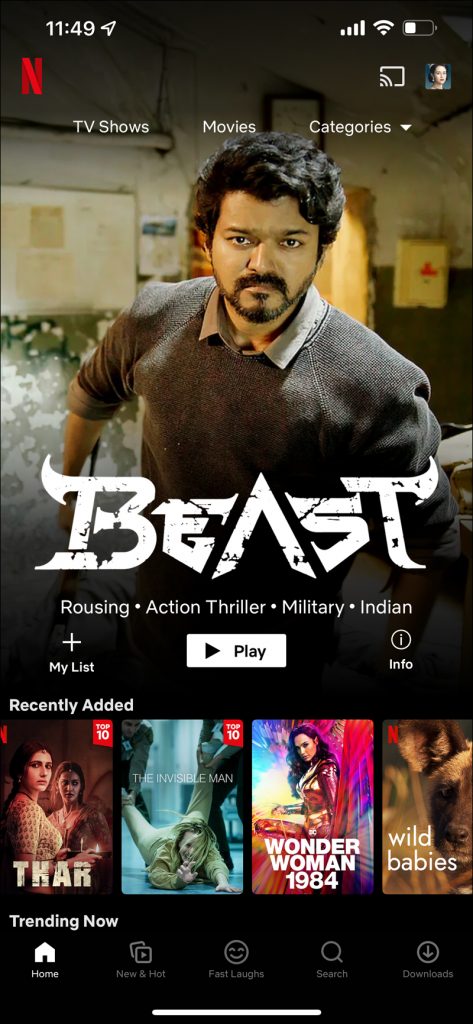
Every time you make a choice and click one thing over another, Netflix’s AI ‘remembers’. It connects these with choices made by both you and others earlier to give ‘weight’ to one content over another based upon a multiplicity of factors programmed into the system. These weights are to AI what value and meaning are to us.
Take Anil. The first film he saw in 2019 after joining Netflix was Knives Out. At that moment Netflix’s AI learned two things about him: the genres he imputed – thriller, action, and comedy – and the one film he watched. It compared what someone else who preferred the same genres and saw Knives Out, watched next. Except this ‘someone’ was literally hundreds of thousands from Netflix’s 222 million subscribers. The AI soon found the perfect movie to recommend to Anil: Oceans 8 which he loved.
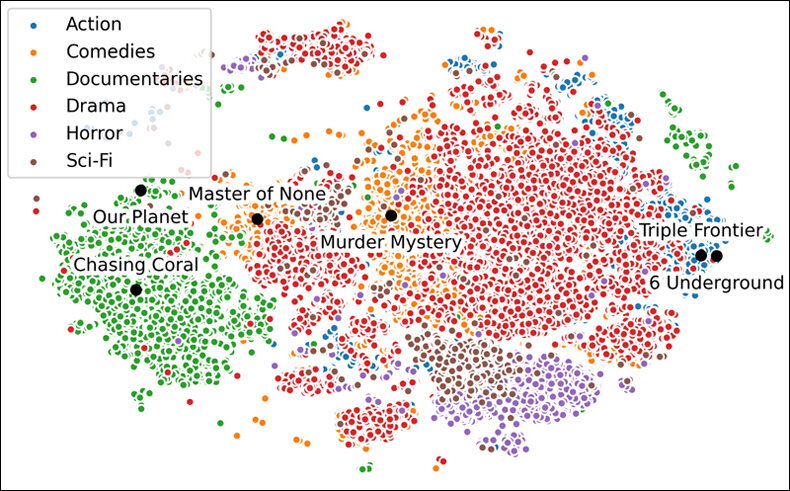
A pattern is formed and for the next three years Anil is not just recommended shows by Netflix’s AI, it also curates for him ‘how’ it is recommended. E.g. Oceans 8 has multiple thumbnails. Lovers of just comedy films would be shown one with the comedy bits highlighted but for Anil, the thumbnail showed both thriller and comedy to bait him.
How NETFLIX uses AI
There are near-endless ways in which Netflix uses Machine Learning and AI. E.g. what shows would be watched most next? That’s easy to predict because humans are a bit like apes: we copy others repeatedly. Like fruits, we have seasons for series. At the beginning of the pandemic, we were in the middle of Tiger King season and a year and a half since, it was Squid Game’s turn to be binged. Regional content usually does well in a particular region. Hence, based on its prediction of viewership spikes of certain content, they cache those in the servers of that region so that there are no loading errors.
You’ll perhaps be surprised to know that many of these new-age entertainment companies, use AI to even choose actors at times. One that has the most social media followers, gets a higher preference. The ‘logic’ is simple: an actor’s social media followers are her ready audience. Netflix uses AI in location selection where factors like budgets, permissions, scheduling conflict of cast and crew, shooting requirements, etc. are considered by the system. AI is also used in quality control where it is the AI that first judges the quality of content from its visual quality to subtitles and suggests recommendations that humans take up.

These and a lot of other things go into what Anil, you, and I watch. Anil binged through the lockdown but come 2022 and the world has mostly opened up for business. He has little time and has also lost the habit of scrolling deep and thinks only the first few things that Netflix recommends, are what is there on the platform. He ‘feels’ Netflix has lost its mojo. But has it?
In the 3 years Anil has been on the platform, Netflix’s data scientists have actually made their algorithms better. The company is making and uploading new content daily and there’s enough buried inside Netflix for him to have a blast for at least a decade more. The problem is AI – right now – can only go so far. Humans can be quite simple and incredibly complex at the same time and ironically, with us, too much of a good thing can also cause boredom. What I suspect Netflix and other platforms need to do, is figure out a way to recommend something ‘different’.
Curate something different
Anil may not like the horror genre but he remembers the thrill of being afraid as a 10-year-old with his sister after watching The Exorcist, something that is a source of mirth to this day. Anil may not ‘like’ scary films, but he loves the feelings associated with watching them as a family. But because AI algorithms, just as you and me, are also chasing ‘likes’ and trap us inside its bubble, he and his children are missing out on emotions generated by randomly watching a film we do not normally like to watch or the ‘so-bad-it’s-good’ genre.
Contrary to what even some alleged experts tell you, AI cannot think on its own. And AC – Artificial Consciousness – if it’s even possible, is at least decades away. All AI does is calculate using networked ‘weights’ as values. These AI calculations make the world go round. What you see on Facebook, Twitter, or Instagram feed follows the same pattern. TikTok is no different. YouTube was a pioneer in this along with Google search and today Netflix uses AI to micro-curate what you see, including a film poster.
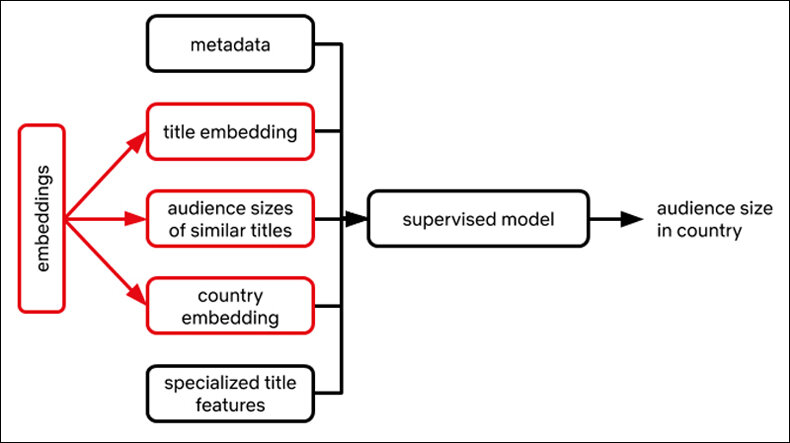
We are thus fed curated content from a pool of personal and social recommendations. The AI thus creates a bubble and we live, ride and float inside it. A child born today can live her entire life inside this ‘like bubble’ of her own personal ‘like matrix’.
This is also the reason for the rise in loony conspiracy theories, and why people receive and accept extreme views. One-click opens up a rabbit hole of links and ideas that trap. Unless you are aware of semantics and semiotics, you won’t even realise this as the little dopamine shots in your brain every time your ideas are validated become a lifelong addiction.
Thus Netflix’s problem may not just be content or pricing, it is also how its AI recommends. Netflix has had enough content to satisfy every one of its customers for a dozen years. The question is how does it bring it to their attention? How does its AI go beyond the simple ‘likes’ to understand that sometimes delight comes from things we may not actually like?
Long-term solutions will come from research and development in brain mapping, neuromorphic computing, memristor chips, and quantum AI. And its marriage with plain, good old-fashioned, human psychology. Right now though, Netflix needs some really smart tweaks in how their AI recommends, which they will have to work with both sociologists, psychologists, and film scholars to figure out. Maybe they can begin with a ‘So-Bad-It’s-Good genre’, or have a ‘Something Different’ section in a corner of their home page.
This isn’t just Netflix’s problem as companies even outside the entertainment space – will soon find themselves where Netflix is today. But most importantly, as a society, how AI recommends things to us, is a structural issue to which not just the plight of corporations, but the fate of the world is linked. It is a ‘problem’ that needs our immediate attention.
In case you missed:
- How Lionsgate-Runway Deal Will Transform Both Cinema & AI
- What are Text-to-Video Models in AI and How They are Changing the World
- Apple Intelligence – Steve Jobs’ Company Finally Bites the AI Apple
- Copy Of A Copy: Content Generated By AI, Threat To AI Itself
- Kodak Moment: How Apple, Amazon, Meta, Microsoft Missed the AI Boat, Playing Catch-Up
- AI vs. Metaverse & Crypto: Has AI hype lived up to expectations
- Susan Wojcicki: The Screaming Legacy of The Quiet Architect of the Digital Age
- AI Washing: Because Even Your Toothbrush Needs to Be “Smart” Now
- Google Falters Under AI Onslaught: Future of Search in Peril?
- Nuclear Power: Tech Giants’ Desperate Gamble for AI



